What You Should Know Before a Mastectomy in Mexico
.png)
A breast cancer diagnosis and recommendation for mastectomy is life-changing. Many patients explore Mexico for high-quality, affordable care with world-class specialists. Traveling for surgery can feel overwhelming, but careful planning and trust in your medical team are key. This guide shares insights on choosing a reputable surgeon, understanding reconstruction options, and navigating recovery, empowering you to make informed decisions with confidence and peace of mind.
Why do people travel to Mexico for a mastectomy?
Mastectomy in Mexico offers 50–70% lower costs than in the U.S., with no compromise on quality. Top private hospitals feature advanced technology and highly trained surgeons. Procedures can often be scheduled faster than at home, reducing wait times. Patients also benefit from compassionate, patient-focused care, making Mexico an appealing option for timely, high-quality treatment during a difficult diagnosis.
How much does a mastectomy in Mexico cost?
Understanding the financial aspect is a critical first step. The final cost will depend on several factors, including the type of mastectomy, whether you opt for immediate reconstruction, the surgeon's experience, and the hospital's reputation. It is essential to get a comprehensive, itemized quote from your potential hospital. A good quote should include:
- Surgical oncologist and plastic surgeon fees
- Anesthesiologist fees
- Hospital room and board for the required stay
- Operating room costs and surgical supplies
- Post-operative medication and initial follow-up visits
Always ask what is not included. This might be pre-operative imaging (mammograms, MRIs), pathology reports, or the cost of post-operative garments. Transparency in pricing is a hallmark of a reputable medical provider.
Is it safe to get a mastectomy in Mexico?
Safety Tips for Mastectomy in Mexico:
-
Research and choose the right facility carefully.
-
Top private hospitals meet or exceed U.S. standards.
-
Look for JCI accreditation, which ensures rigorous safety protocols, high-quality clinical practices, and excellent patient outcomes.
Vetting your surgical team is equally important. Ensure your breast surgeon is a certified surgical oncologist and that your reconstructive surgeon is a board-certified plastic surgeon with extensive experience in breast reconstruction. Do not compromise on credentials. A safe journey is a well-researched one.
How do I find the best surgeon and hospital?
This is the most critical part of your planning. A successful outcome depends on the expertise of your medical team. Here is a step-by-step approach:
- Identify Accredited Hospitals: Start by making a list of JCI-accredited hospitals in major cities like Tijuana, Monterrey, Cancun, or Guadalajara.
- Research the Surgical Team: Look for a collaborative team approach. You will need a surgical oncologist to perform the mastectomy and a plastic surgeon for the reconstruction. Verify their board certifications, where they trained, and how many of these specific procedures they perform annually.
- Seek Out Patient Reviews: Look for testimonials on independent platforms. Hearing about the experiences of other patients can provide invaluable insight into the quality of care and the surgeon's bedside manner.
- Conduct Virtual Consultations: Schedule video calls with your top choices. This allows you to ask direct questions, assess their English proficiency, and determine if you feel comfortable and confident in their care. A good surgeon will be patient, thorough, and empathetic.
What are my breast reconstruction options in Mexico?
Understanding your reconstruction options is a deeply personal part of the process. Your plastic surgeon will recommend the best approach based on your body type, cancer treatment plan (e.g., need for radiation), and personal aesthetic goals. The main categories are:
- Implant-Based Reconstruction: This is the most common method. It can be a two-stage process (a tissue expander is placed first, then later exchanged for a permanent implant) or a single-stage, direct-to-implant procedure, often done with a nipple-sparing mastectomy.
- Autologous (Flap) Reconstruction: This advanced technique uses skin, fat, and blood vessels from another part of your body (commonly the abdomen, in a DIEP flap procedure) to create a new breast mound. The result is warm, soft, and natural, but it is a more complex surgery with a longer recovery.
Discuss the pros and cons of each method thoroughly with your surgeon. They should provide before-and-after photos of their work for both types of procedures.
Should I have immediate or delayed reconstruction?
What is a nipple-sparing mastectomy and am I a candidate?
This is a significant advancement in breast surgery, offering a much more natural-looking final result. When combined with direct-to-implant reconstruction, the outcome can be remarkable. Your surgeon will determine if this is a safe option for you based on your specific diagnosis after reviewing your mammogram and MRI. It's a question you should absolutely ask during your consultation.
How long will my hospital stay and total trip be?
Do not rush your recovery. Your body needs time to heal from major surgery. This extended stay allows your surgeon to monitor your initial healing, remove surgical drains, and address any immediate concerns before you undertake a long flight home. Planning for this downtime is a crucial part of a safe medical journey.
What is recovery really like?
It's important to have realistic expectations. You will wake up from surgery with surgical drains in place to prevent fluid buildup. A nurse will teach you or your travel companion how to manage them. You will have a restricted range of motion in your arms and will not be able to lift anything heavy. This is why traveling with a supportive companion is not just recommended—it's essential. You will need help with everything from getting dressed to preparing food.
Should I stay in a hotel or a specialized recovery facility?
This is one of the most important things to know. A recovery house is designed for patients like you. The staff are medically trained and can help with wound care, medication management, and recognizing potential issues. This provides an incredible layer of safety and peace of mind for both you and your family back home. The all-inclusive nature also removes the stress of logistical planning, allowing you to focus completely on healing.
What kind of emotional support is available?
A mastectomy is an emotionally charged experience. The physical changes are intertwined with feelings about femininity, identity, and health. The patient coordinators and nurses in top Mexican hospitals are known for their warmth and empathy. However, it's vital to have your own support system in place. Schedule regular video calls with loved ones. Join online communities where you can share experiences with others who truly understand what you're going through.
How do I coordinate care with my oncologist at home?
Your mastectomy is one part of your overall cancer treatment plan. Before you leave, discuss your surgical plans with your oncologist at home. After your surgery in Mexico, you must obtain all your medical records, in English, including the final pathology report. This report is critical for your home oncologist to determine the next steps in your treatment. A reputable Mexican hospital will facilitate this process and ensure you have all the necessary documentation.
Will I need physical therapy after my mastectomy?
Your medical team in Mexico will likely show you the initial exercises you need to do. It's important to continue with a structured physical therapy plan when you return home. These exercises are crucial for restoring mobility in your arm and shoulder on the affected side and are a vital step in helping you return to your normal daily activities.
What do I need to pack?
Comfort and convenience are your packing priorities. You won't be able to lift your arms over your head, so anything that opens in the front is essential. A small pillow to place under your arm or between your chest and a seatbelt for the ride home can make a huge difference in comfort. Also, remember to pack any prescription medications from home, a long phone charging cord, and calming activities like books or downloaded movies.
Who should travel with me?
Making the decision for a mastectomy is a courageous step. If you are considering your options top clinics of mastectomy in Mexico, let PlacidWay help you connect with the country's leading accredited hospitals and compassionate, world-class surgical teams. We can help you get personalized quotes and all the information you need to make an empowered choice. Contact PlacidWay today for a free consultation and take control of your health journey.


.png)
.png)
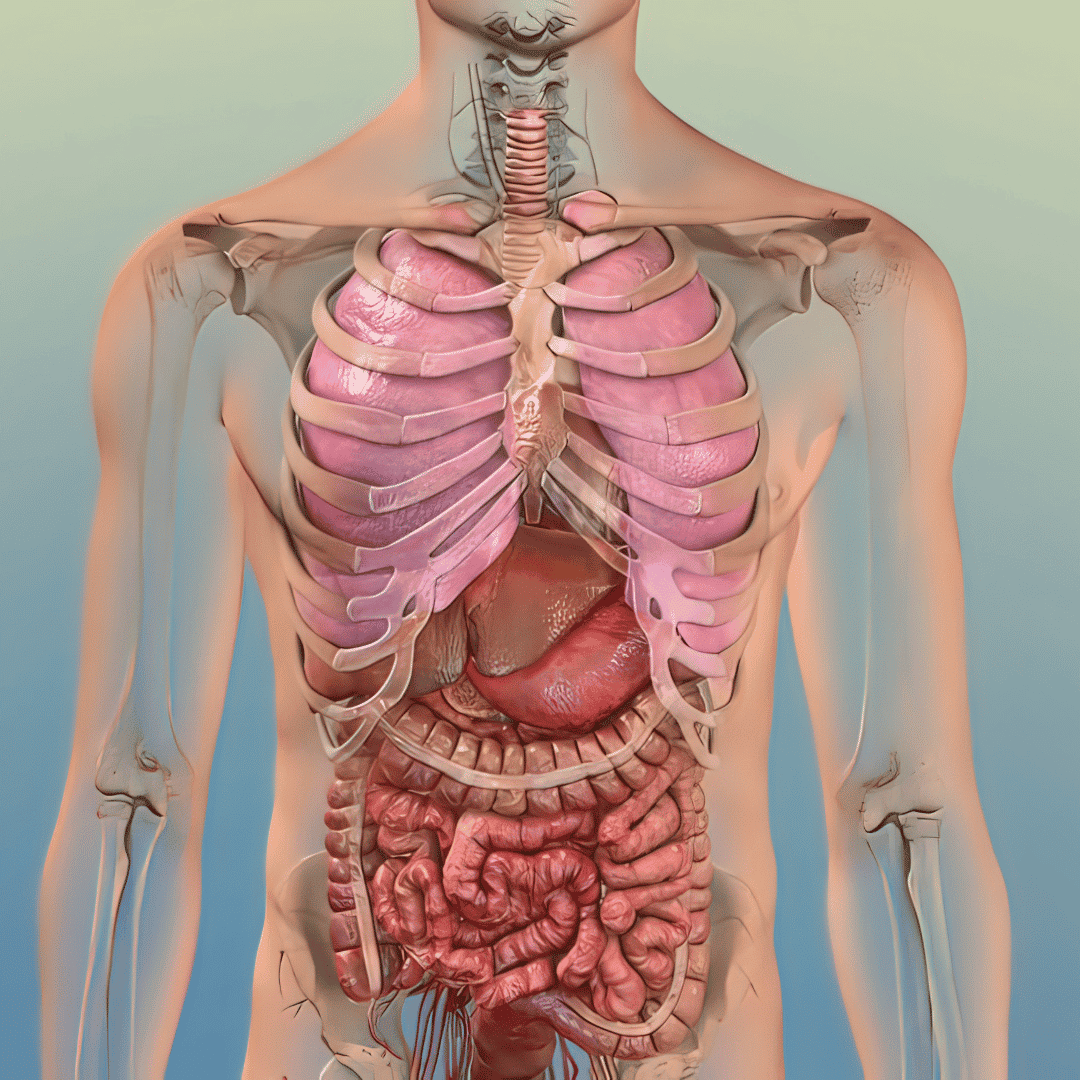






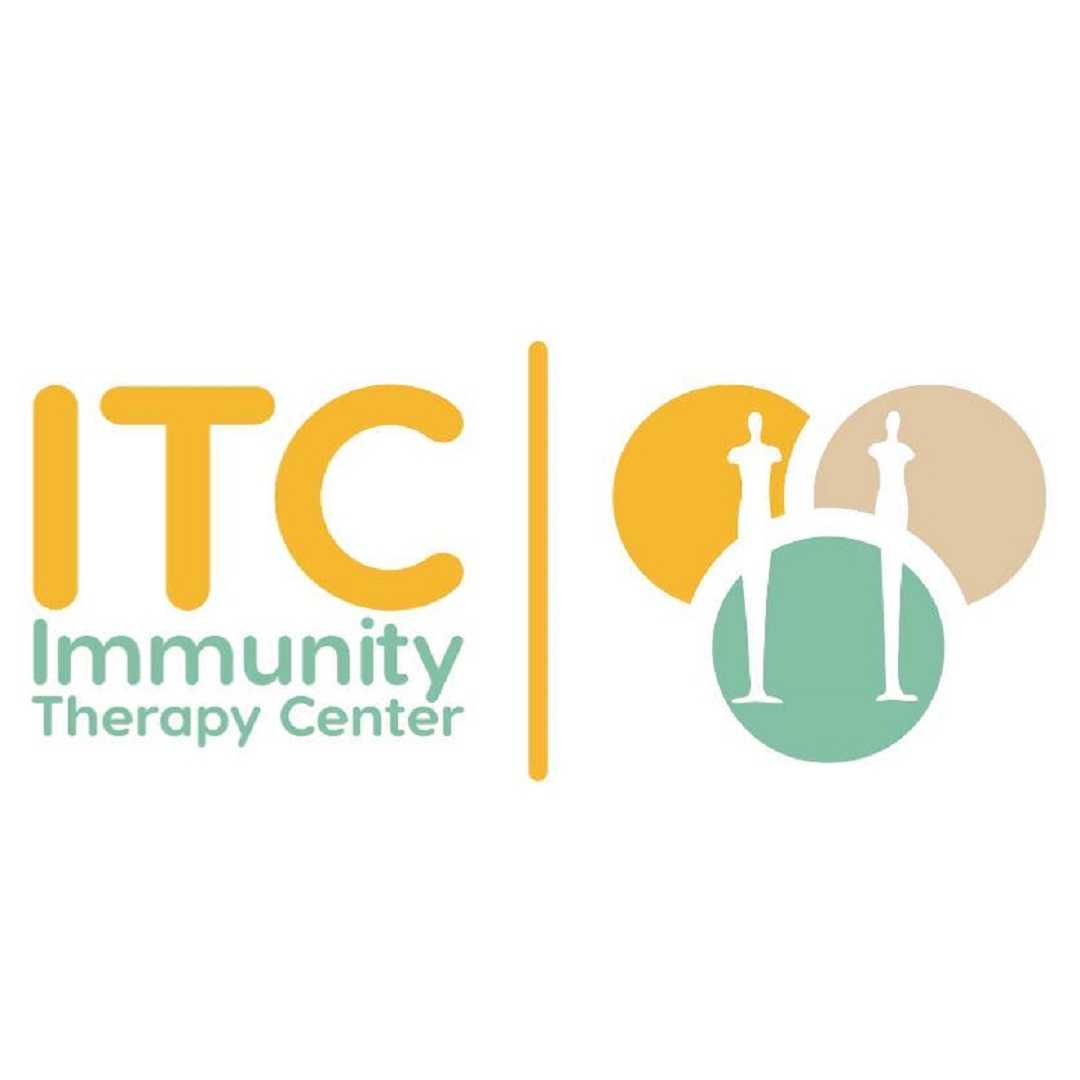
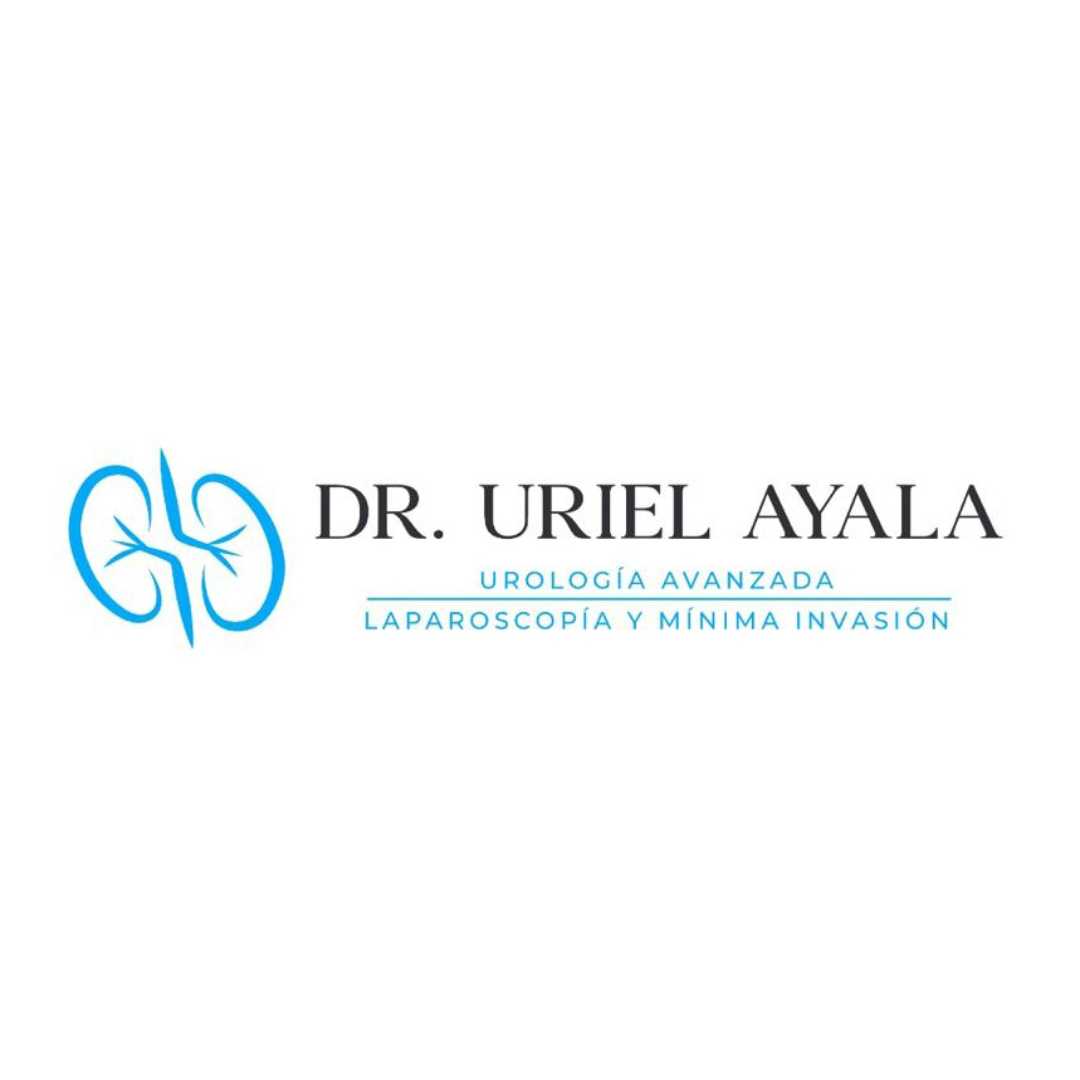

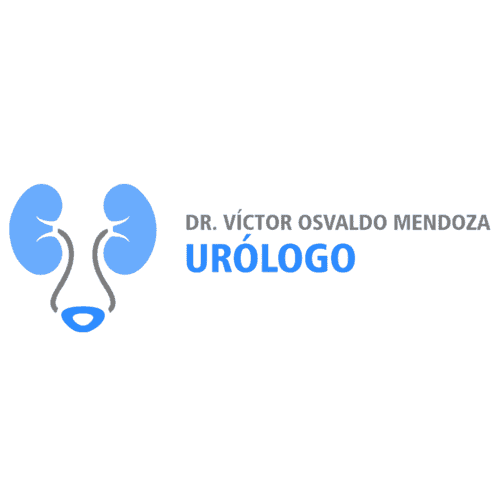
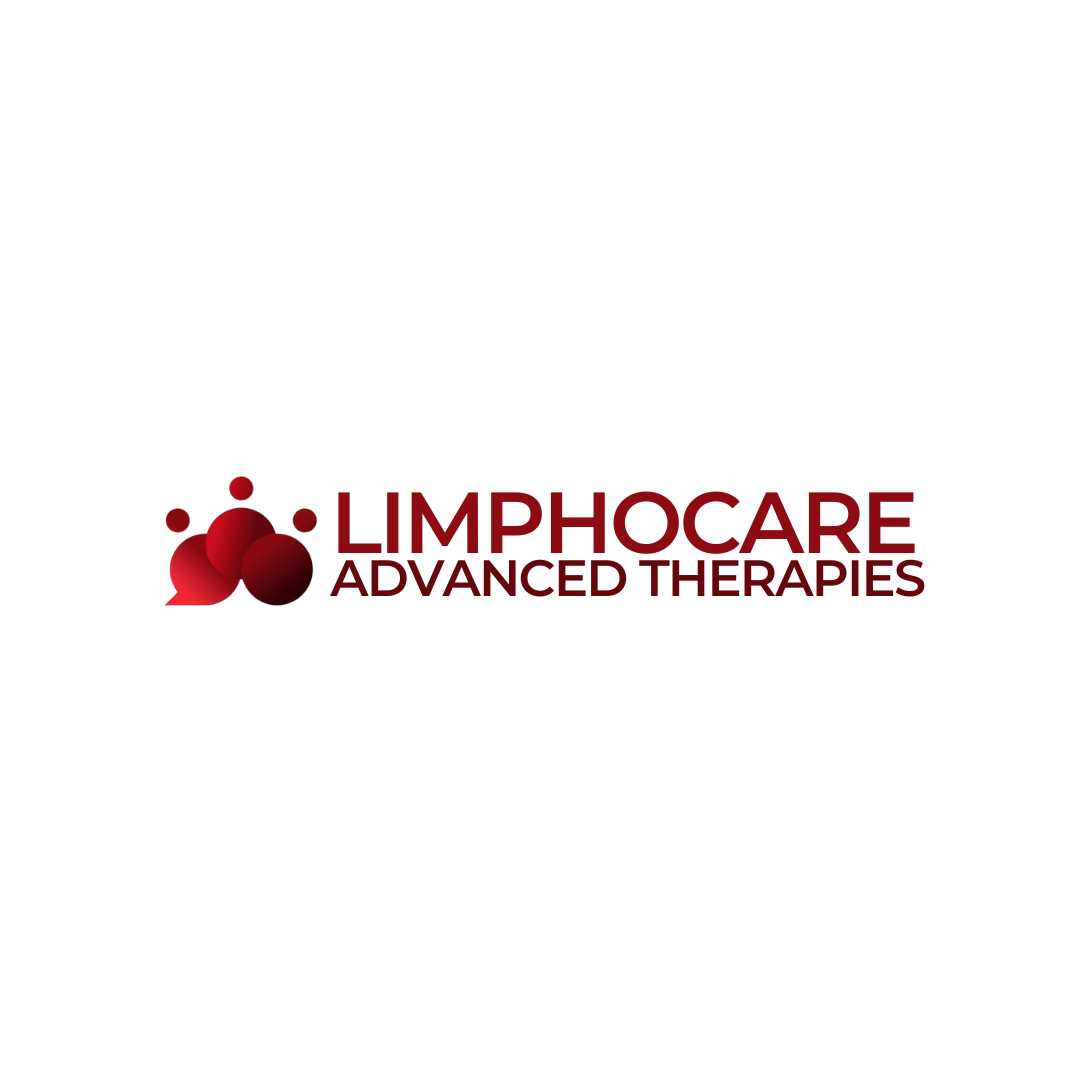

Share this listing